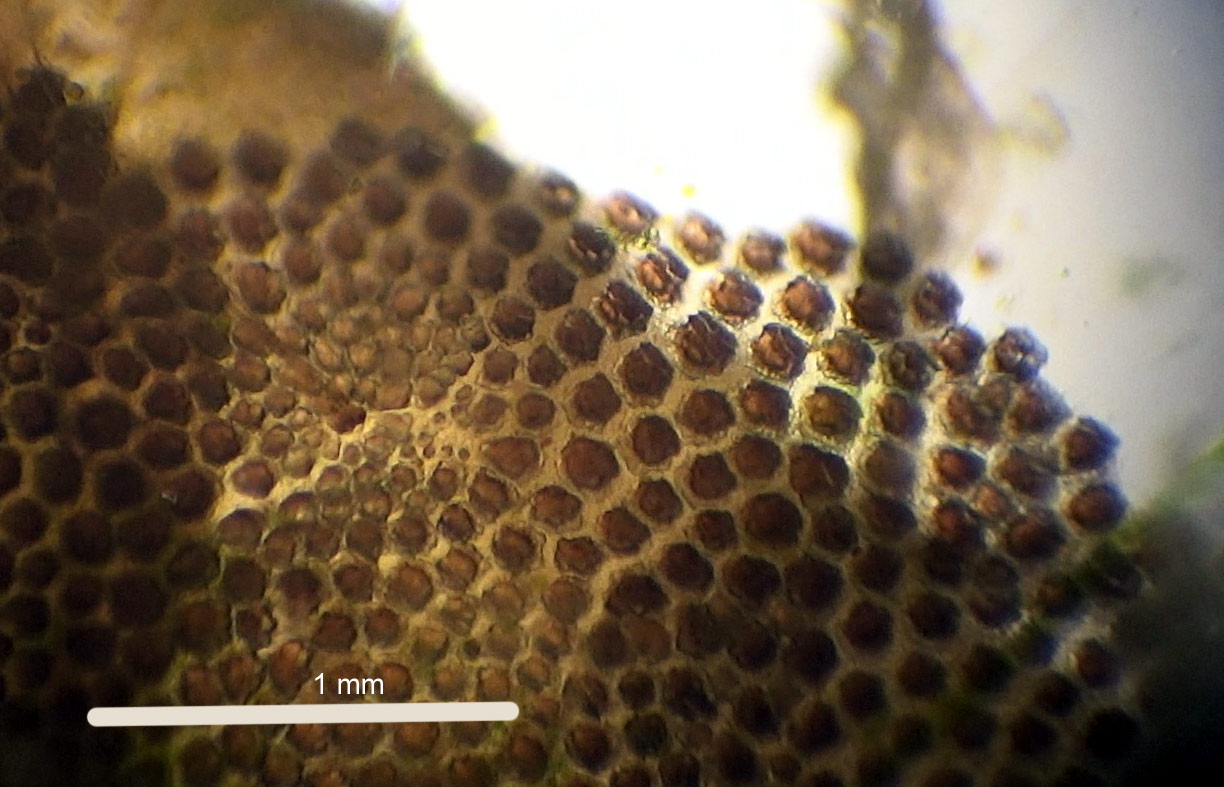|
Stratiomyidae pattern usefull to ID ?
|
|
| solito de solis |
Posted on 18-04-2017 20:20
|
|
Member Location: Posts: 404 Joined: 05.08.13 |
Hey dipterists I've got in a same sample 4 S. larvae I wish to go ahead in the ID... I know I have already, thanks to Atylotus, Oplodontha viridula Here is a picture of the 4 larvae, respecting their dimensions I guess that the biggest one (35 mm) will be Odontomyia My question is "are the pattern of the cuticule something usefull to ID ? As visible nr2 has a short white strip on the thoracic segments, the 4 th one a long white strip over all the segments  merci SDS Edited by solito de solis on 19-04-2017 11:40 |
|
|
|
| atylotus |
Posted on 19-04-2017 07:52
|
|
Member Location: Posts: 1112 Joined: 29.05.09 |
for short: yes it is usefull longer version: I have a theory that color pattern differ in each species but probably also differ within a species. I think that each species has 2 different color patterns and propably (not proven yet) these are related to male and female larvae. At least 2 color patterns exist withing O. viridula and I was able to breed few and indeed the females had another colorpattern than males, but this is not enough prove. Any help in this is appreciated. The large larvae (1) is O. ornata, no. 2 and 4 are both O. viridula and 3 probably Od. tigrina juvenile. |
|
|
|
| solito de solis |
Posted on 20-04-2017 17:57
|
|
Member Location: Posts: 404 Joined: 05.08.13 |
Thanks Atylotus I will observe better now and make the best with your infos I make a profit with this topic to put a few pictures about the Stratiomyidae cuticula from an exuvia found in the sample I could observe this like transparent glass or cristal parts on a dark skin The reason for the small reflections when the larva is observed... The color and the pattern of the cuticula are seen through these transparent pieces    profil   
Edited by solito de solis on 20-04-2017 18:03 |
|
|
|
| John Carr |
Posted on 20-04-2017 20:07
|
|
Member Location: Posts: 9773 Joined: 22.10.10 |
atylotus wrote: I have a theory that color pattern differ in each species but probably also differ within a species. I think that each species has 2 different color patterns and propably (not proven yet) these are related to male and female larvae. At least 2 color patterns exist withing O. viridula and I was able to breed few and indeed the females had another colorpattern than males, but this is not enough prove. Any help in this is appreciated. Adler, Currie, and Wood (2004) mentioned sex-specific color patterns in larve of some North American Simuliidae. |
|
|
|
| solito de solis |
Posted on 29-04-2017 13:34
|
|
Member Location: Posts: 404 Joined: 05.08.13 |
Hey dipterists Here is a smart videoclip showing closely the pattern mosaic-like appearance of these larvae (and more) https://www.youtu...e=youtu.be YouTube Video Edited by solito de solis on 30-04-2017 10:56 |
|
|
|
| Jump to Forum: |














 but don't see the image in the post.
but don't see the image in the post.
